
Hermitage History
The little known Jusaam Hermitage is located on Mt. Obongsan (632.8 m) in western Gyeongju, Gyeongsangbuk-do. Jusaam Hermitage is a branch temple of the famed Bulguksa Temple, and it was purportedly founded by Uisang-daesa (625-702 A.D.) during the reign of King Munmu of Silla (r. 661-681 A.D.).
As for how the hermitage got its name, it’s related to a myth that’s told in the “Shinjeungdonggukyeoji Seungram.” There’s another myth concerning Jusaam Hermitage and why it’s located where it is. While constructing the Busanseong Fortress in 663 A.D., which is Korean Historic Site #25, Uisang-daesa predicted that if the hermitage was placed inside the fortress, the Silla Dynasty would never fall. And while Silla did eventually fall, it took hundreds of years to actually fall. Very little is known about Jusaam Hermitage after the Silla Dynasty (57 B.C. – 935 A.D.), so it’s assumed that the hermitage was rebuilt some time during the late Joseon Dynasty (1392-1910).
Hermitage Layout
Jusaam Hermitage is located up a side-winding mountain road that eventually leads to the hermitage. The road is precarious in parts, until you eventually arrive at the end of the road where Jusaam Hermitage is located.
Between two large boulders, you’ll make your way into the hermitage courtyard. In the fall, this part of the hermitage is especially beautiful. Past the hermitage’s administration office, you’ll find a row of hermitage shrine halls. The first is the main hall, which is called the “Keun beop-dang – 큰법당” at Jusaam Hermitage. The entire interior of the main hall is lined with miniature statues of Gwanseeum-bosal (The Bodhisattva of Compassion). And resting on the main altar are five smaller sized statues. Sitting in the centre of the five statues is an image of Seokgamoni-bul (The Historical Buddha), who is joined on either side by Jijang-bosal (The Bodhisattva of the Afterlife) and Gwanseeum-bosal. And hanging on the far left wall is a highly detailed Shinjung Taenghwa (Guardian Mural).
Next to the Keun beop-dang Hall is the newly constructed Nahan-jeon Hall. Housed inside this temple shrine hall is a triad of statues resting on the main altar. Sitting in the centre is a rather squat, golden statue dedicated to Seokgamoni-bul (The Historical Buddha). This triad is then joined on either side by sixteen wooden statues dedicated to the Nahan (The Historical Disciples of the Buddha). And rounding out the interior of the Nahan-jeon Hall is another Shinjung Taenghwa (Guardian Mural) on the far left wall.
Out in front of the Nahan-jeon Hall is a beautifully placed Jong-ru Pavilion that commands a scenic view of the mountains off in the distance and the rolling valley folds below. Just to the rear of the Jong-ru Pavilion, and up a set of side-winding stars, is the hermitage’s Samseong-gak Hall. Housed inside this shaman shrine hall is an older collection of murals dedicated to Sanshin (The Mountain Spirit), Chilseong (The Seven Stars), and Dokseong (The Lonely Saint), as well as a bonus image dedicated to Yongwang (The Dragon King). Also housed inside the Samseong-gak Hall, rather uniquely, is an image of the monk Ichadon (501-527 A.D.).
Down the set of stairs to the left of the bell pavilion, and to the right of the monks’ dorms, is a beautiful, rocky ledge that looks out over the rolling mountains from six hundred metres up. The name of the rocky cliff is Madang-bawi, and it was the location for the popular Korean TV drama about the famed Queen Seondeok of Silla (r. 632-647 A.D.).
How To Get There
From the Gyeongju Intercity Bus Terminal, you’ll need to board Bus #704 that heads towards Ahwa. You’ll need to take this bus for 18 stops and get off at the Ahwa Intercity Bus Terminal. From here, you’ll then need to take a taxi the rest of the way to Jusaam Hermitage. The ride will take about 30 minutes, and it’ll cost you around 15,000 won (one way).
Overall Rating: 7/10
The main highlight to this hermitage is its location. It’s especially beautiful during fall foliage, when the valley and the mountains are painted in fall colours. Additionally, you can enjoy the beautiful shaman murals housed inside the Samseong-gak Hall, as well as the interior of the Keun beop-dang Hall. While one of the trickier hermitages or temples to get to in Gyeongju, a beautiful view awaits you if you can get there.
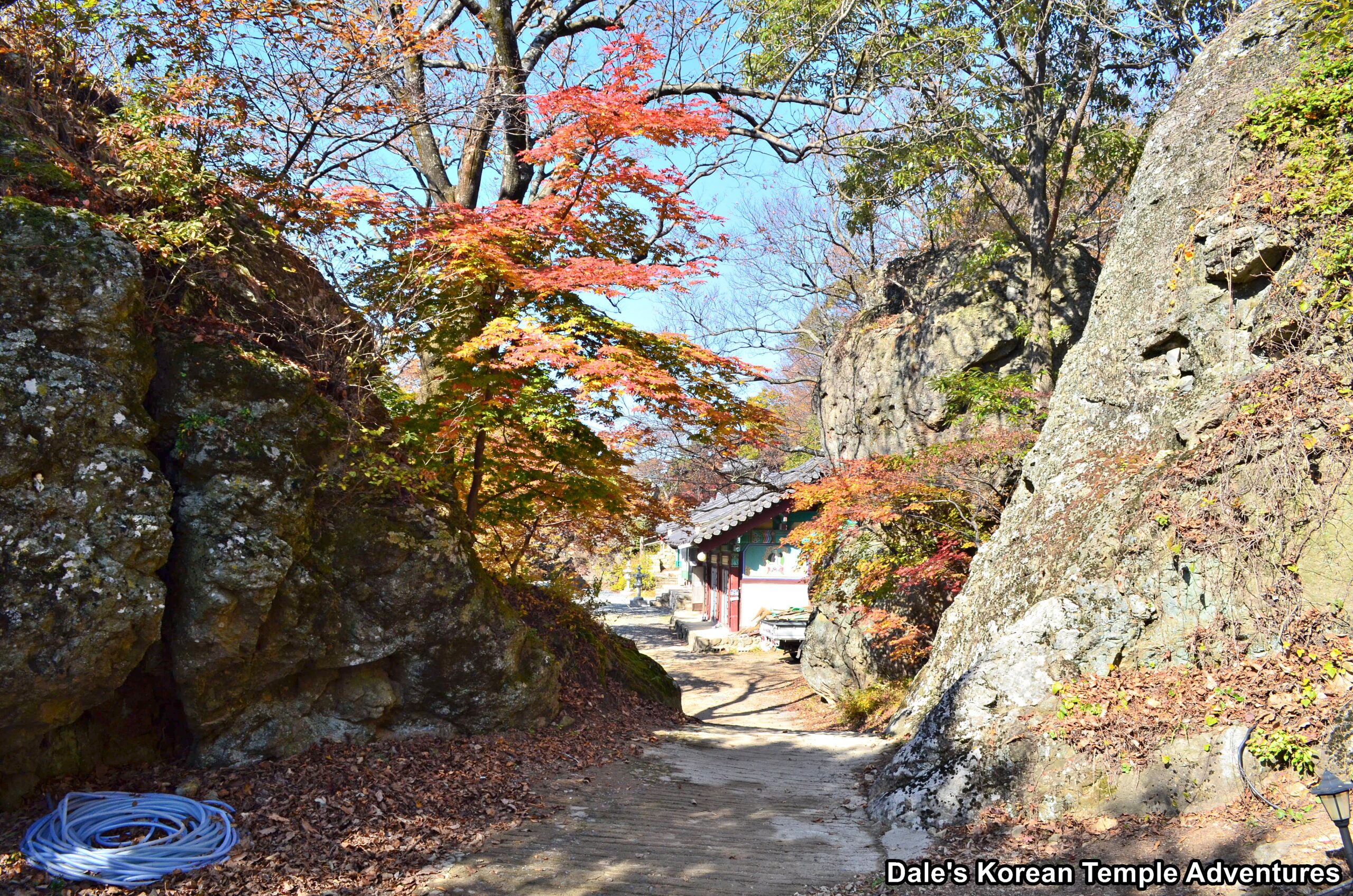
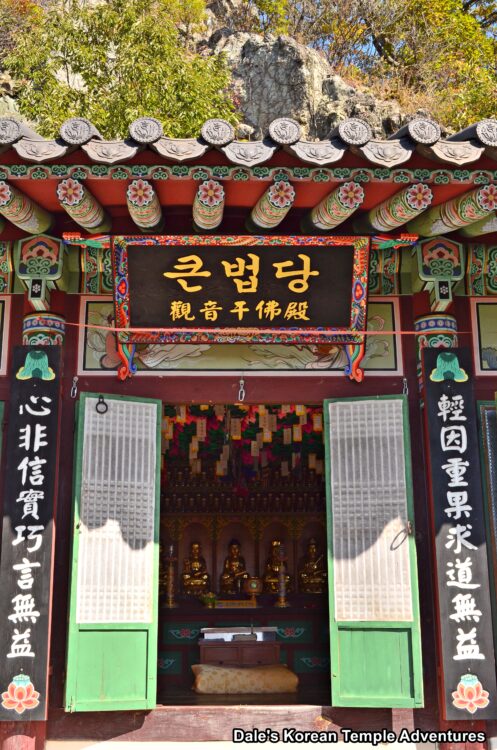
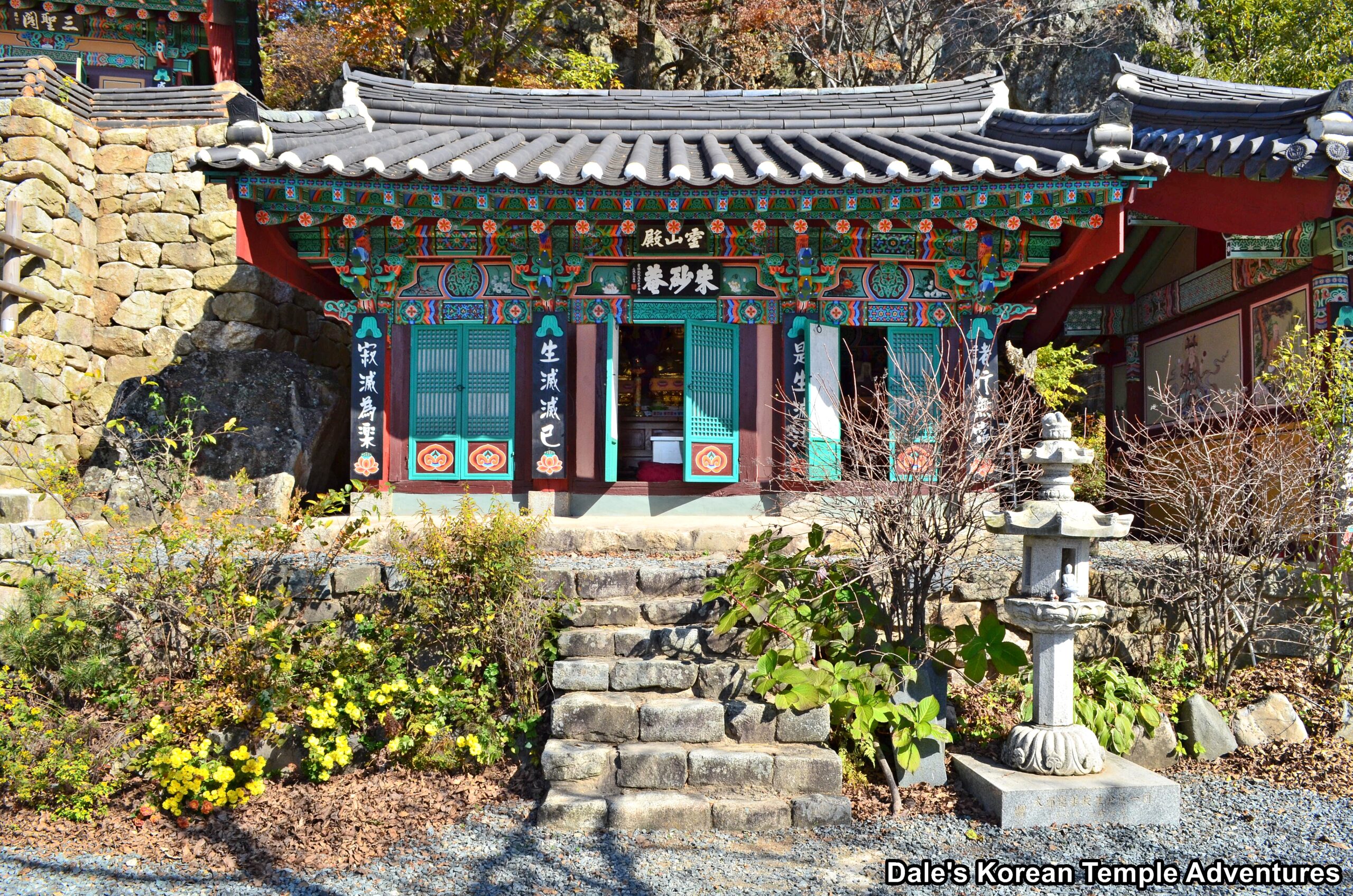
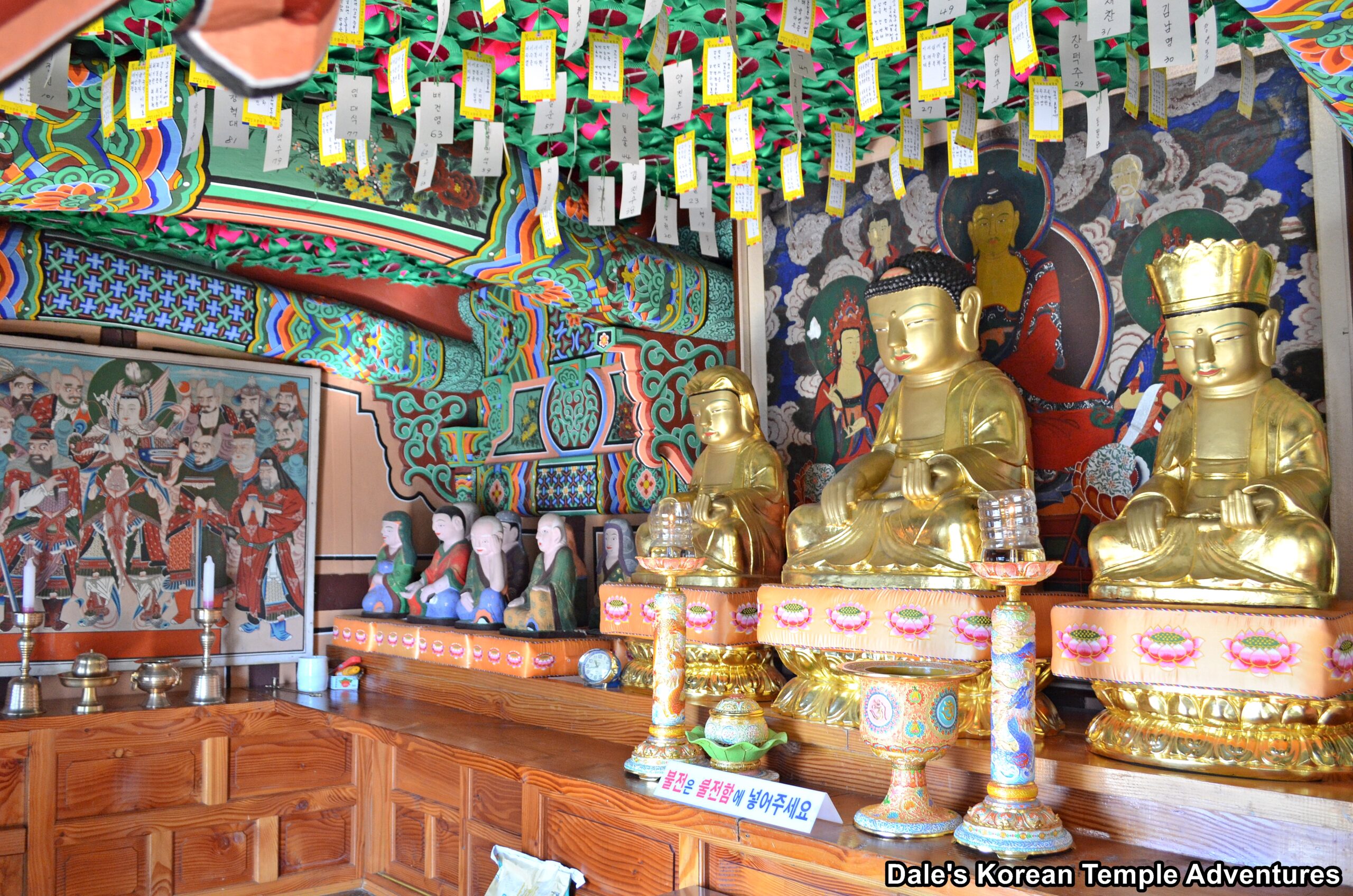
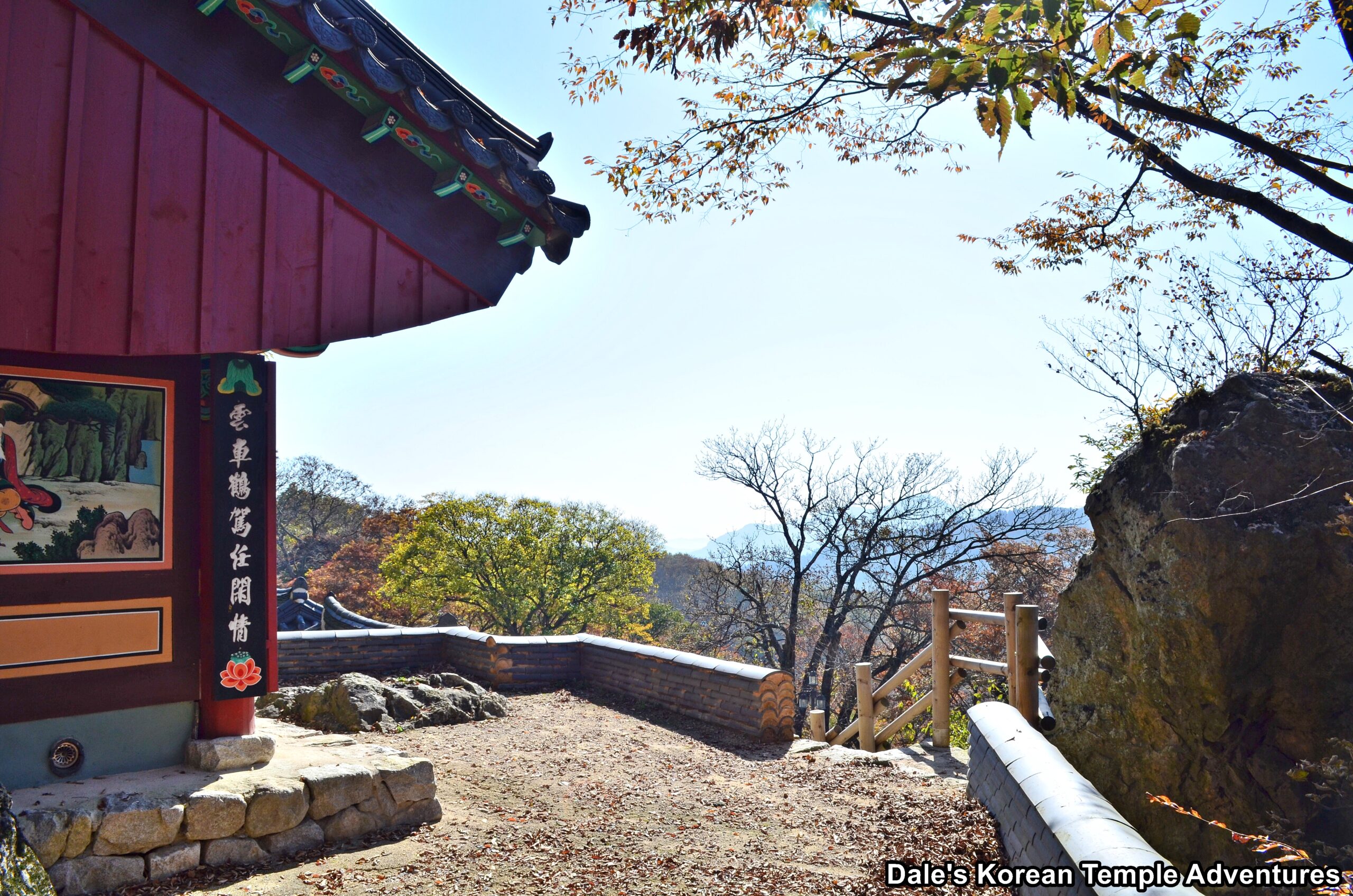

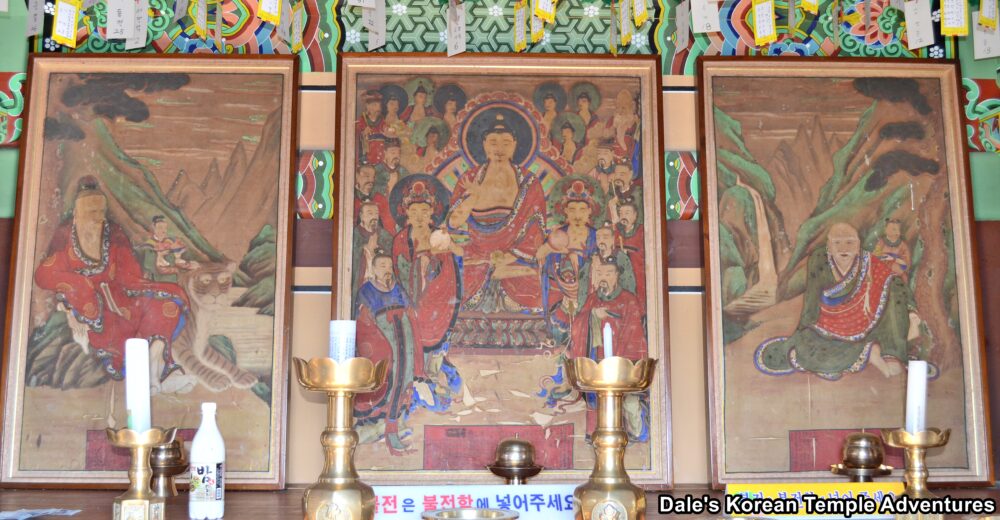
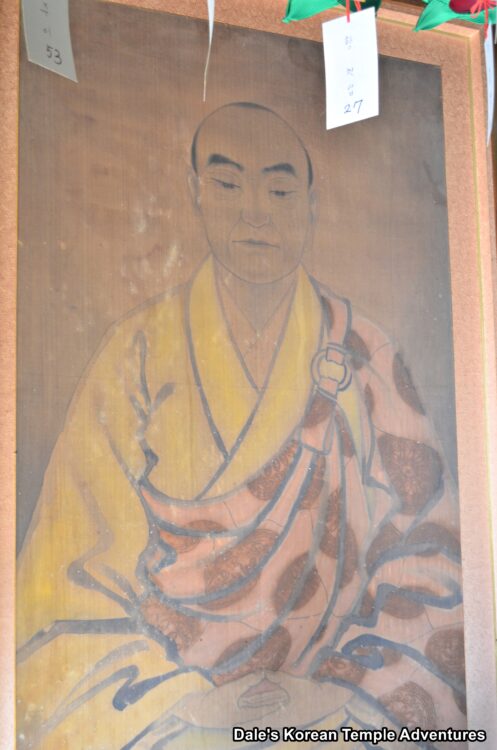
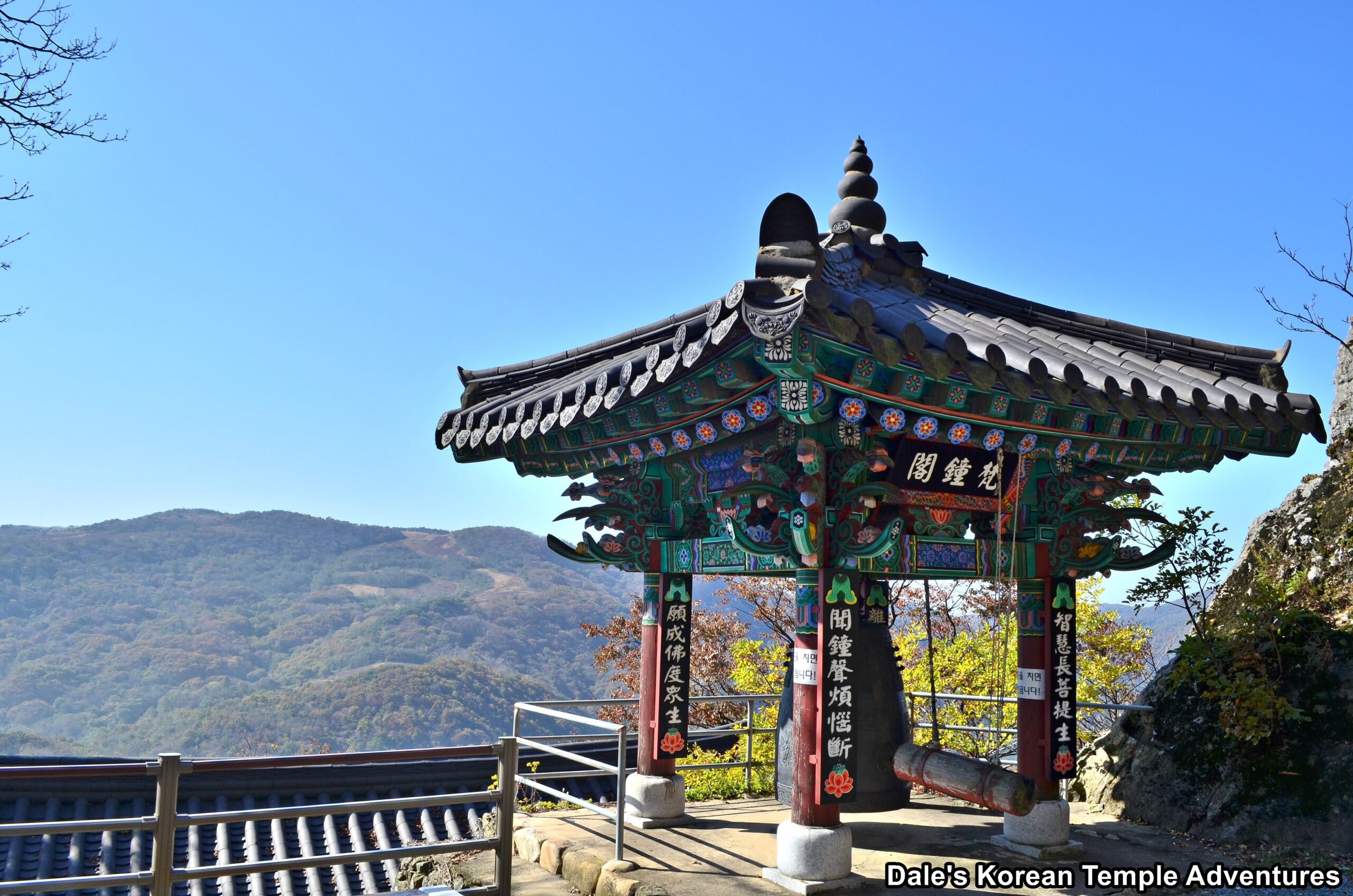
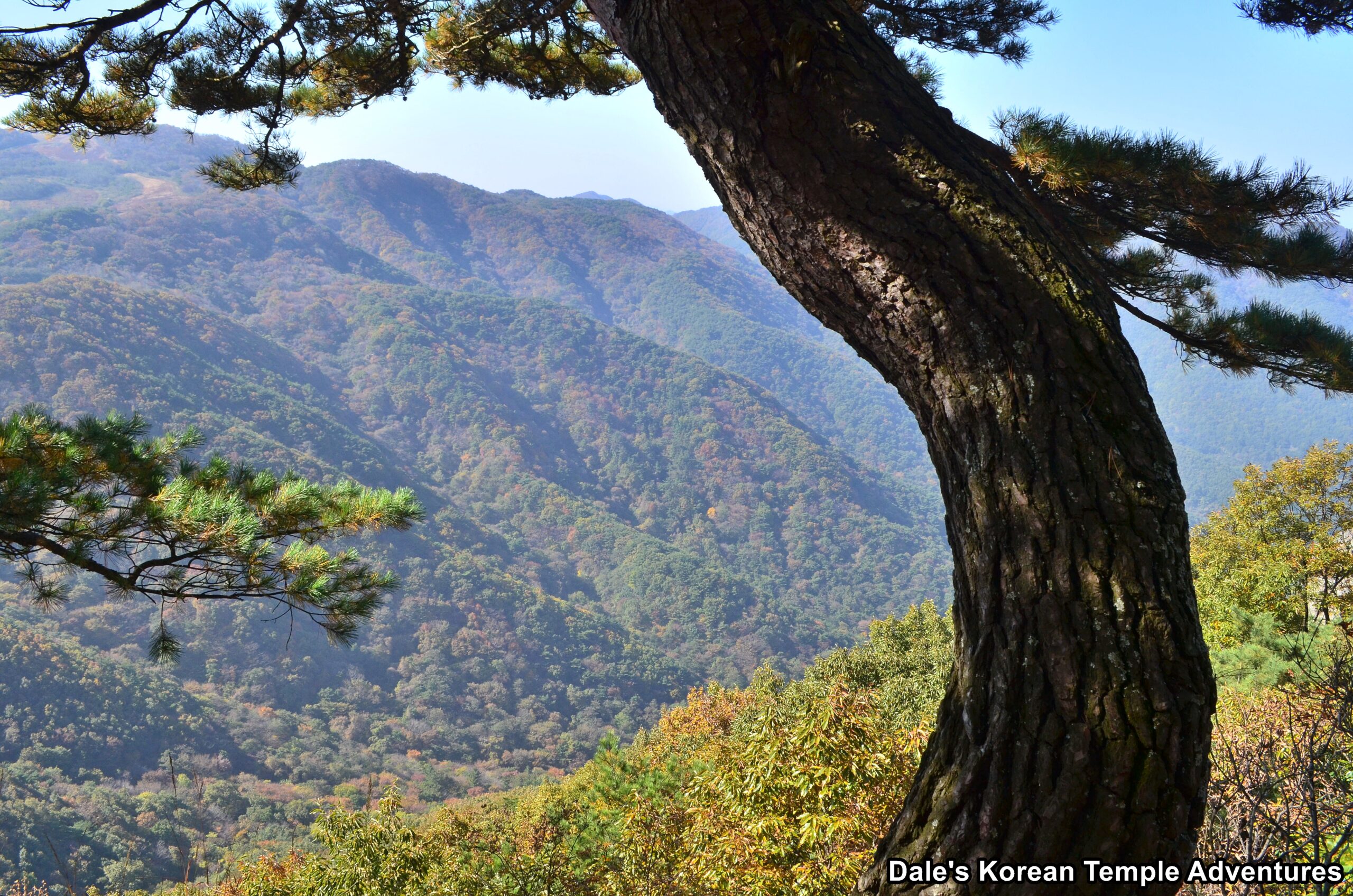
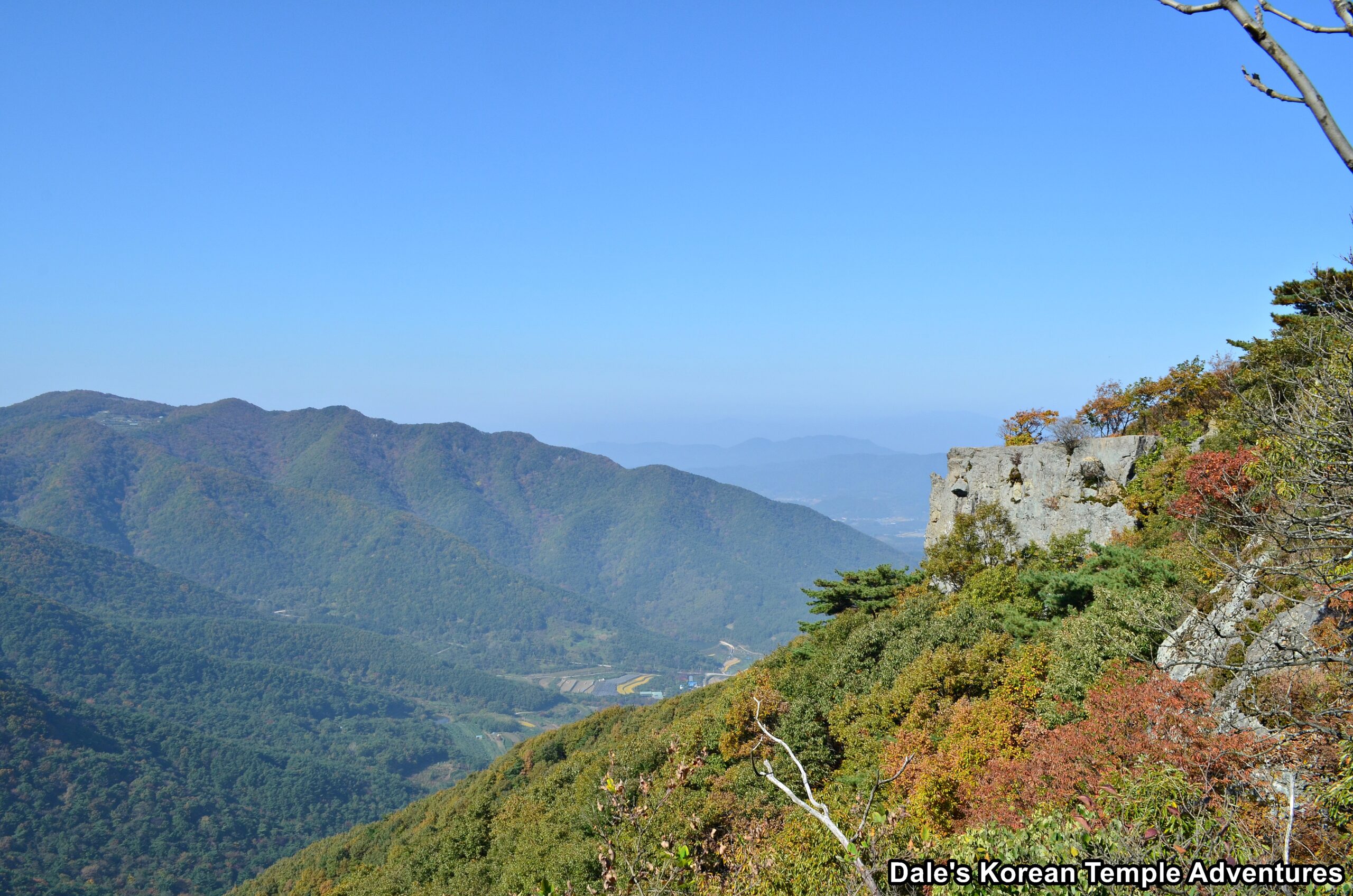
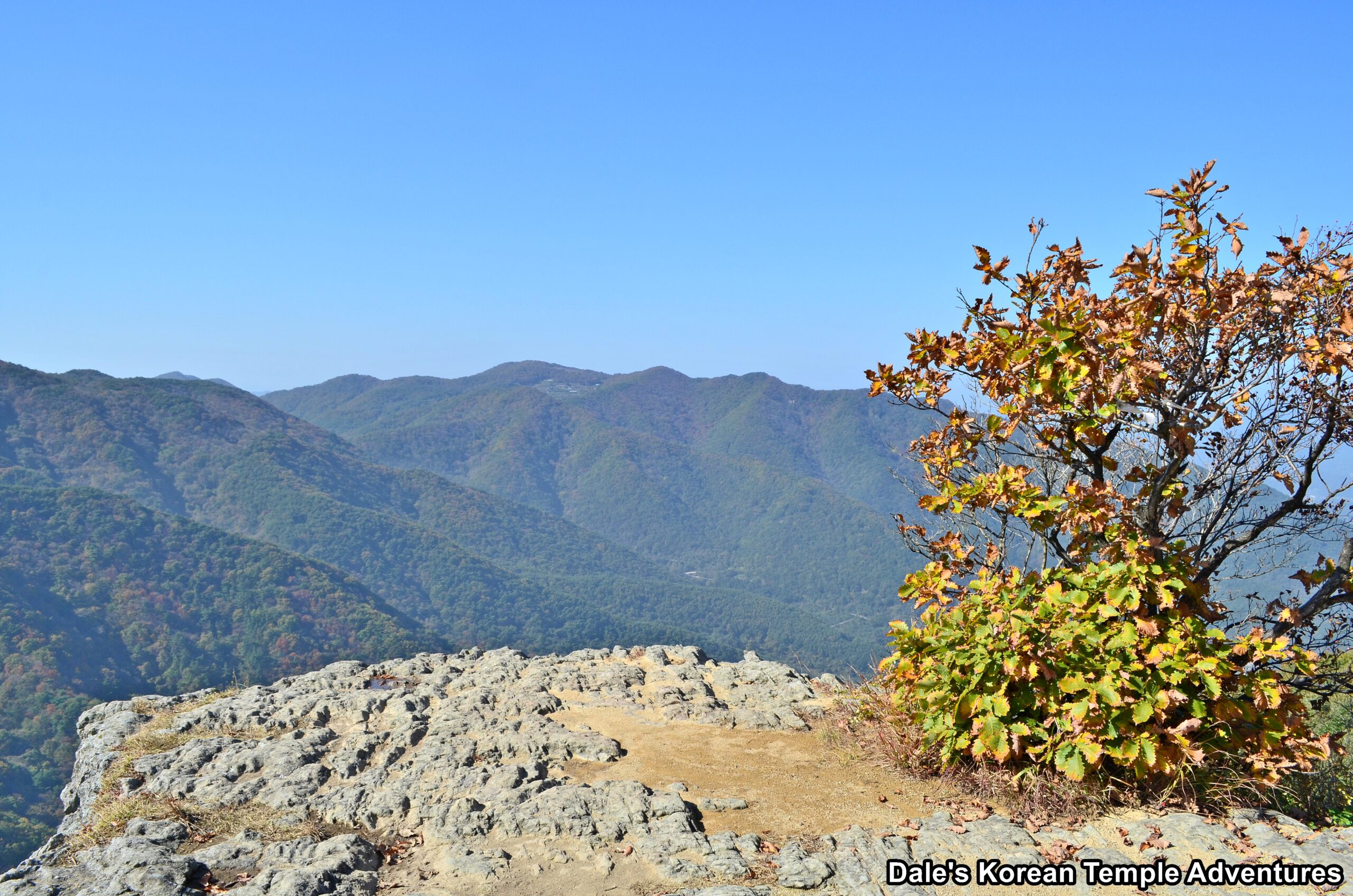


Recent comments